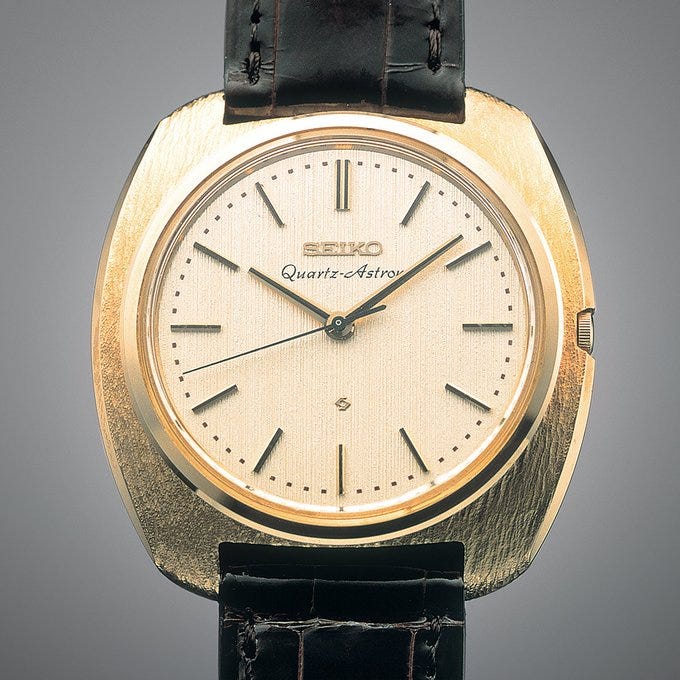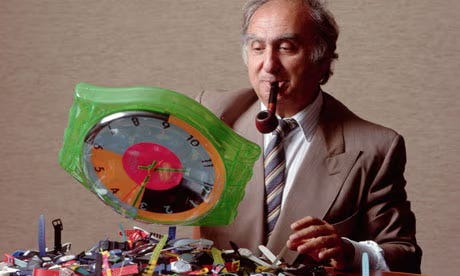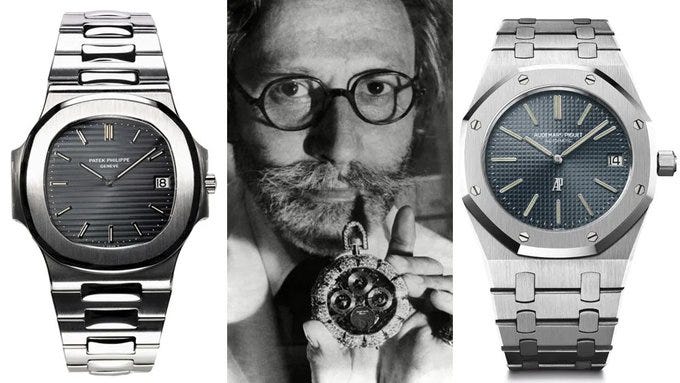How one man saved the luxury watch industry
The Quartz Crisis wasn’t just a chapter in watch history; it was an earthquake that reshaped the entire industry. Let’s dive into how this revolution nearly killed mechanical watches.
It all started in 1969 when Seiko launched the Astron, the world's first quartz wristwatch. Powered by a tiny quartz crystal vibrating at 32,768 times per second, it was accurate, affordable, and low-maintenance.
Game. Changer.
Quartz watches swept the globe. They were cheap, reliable, and made timekeeping accessible to everyone. By the late 1970s, Swiss mechanical watches—steeped in centuries of tradition—were dying.
Swiss watch exports fell from 40M in 1973 to just 3M by 1983.
Why Quartz Won
Far cheaper to produce: No intricate hand-assembled movements.
Unbeatable accuracy: No manual winding, no losing seconds a day.
Mass appeal: Stylish, lightweight, and modern.
But this wasn't just technology. It was a cultural shift.
By the early ’80s, the Swiss watch industry had lost 60,000 jobs. Legacy brands like Omega, Tissot, and Longines teetered on collapse. Mechanical watches, once the pinnacle of craftsmanship, seemed destined for extinction. In 1983, Nicolas Hayek revolutionized the industry with... plastic?! He launched the Swatch, a funky, affordable quartz watch with bold designs. It wasn’t just a watch—it was a fashion statement. Swatch saved the Swiss industry.
While Swatch kept Switzerland afloat, brands like Rolex, Patek Philippe, and Audemars Piguet plotted a mechanical resurgence. They didn’t try to beat quartz on price. Instead, they doubled down on luxury, heritage, and exclusivity.
When the Swiss watch industry needed innovation, Gérald Genta stepped in. Known as the “Picasso of Watches,” Genta designed iconic pieces that redefined luxury.
In 1972, he created the Audemars Piguet Royal Oak, the first luxury steel sports watch, with its bold octagonal bezel and integrated bracelet. Initially controversial, it became a timeless classic.
Later, Genta gave us the Patek Philippe Nautilus in 1976—another steel sports masterpiece. His work didn’t just save brands; it showed the world that watches could be more than tools—they could be wearable art.
A quartz watch is a tool; a mechanical watch is a story. Collectors began to appreciate the hundreds of tiny parts working in harmony. Owning a mechanical watch became a symbol of taste, heritage, and connoisseurship. The global watch industry thrives on both sides: Quartz for utility (think Casio and Seiko). Mechanical for luxury (Rolex, Patek, AP). In 2022, Swiss mechanical watch exports hit $25B—proof that the mechanical revival is complete.
Lessons from the Quartz Crisis
Embrace innovation but don’t lose heritage.
Storytelling sells—especially in luxury.
Resilience is key: The Swiss didn’t adapt immediately, but when they did, they created a new era.
If you have enjoyed this article and learned something new please leave a like and comment and subscribe if you haven’t yet - it’s FREE!




